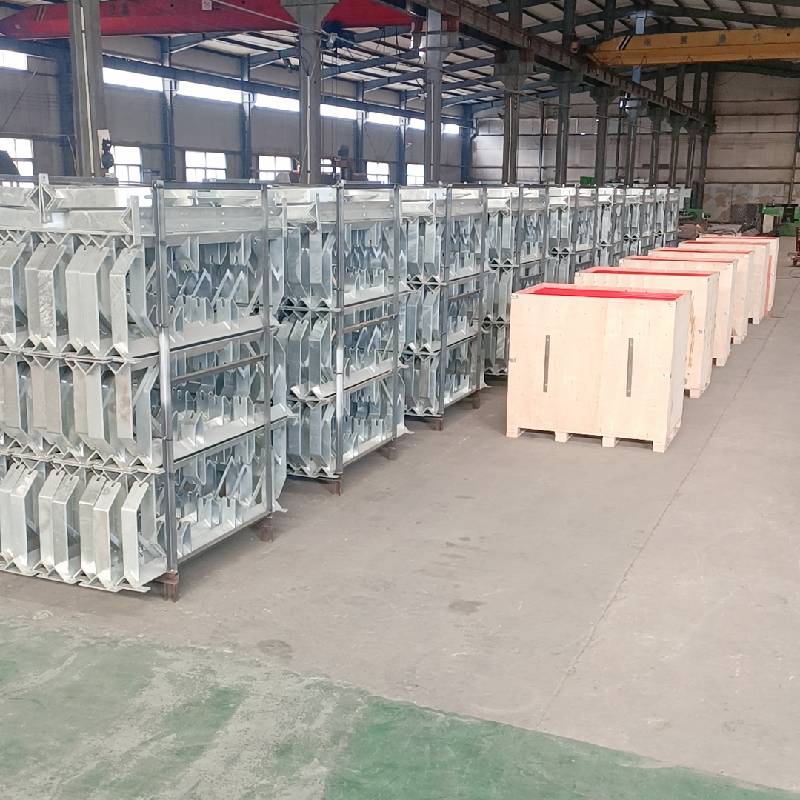 Afrikaans
Afrikaans  Albanian
Albanian  Amharic
Amharic  Arabic
Arabic  Armenian
Armenian  Azerbaijani
Azerbaijani  Basque
Basque  Belarusian
Belarusian  Bengali
Bengali  Bosnian
Bosnian  Bulgarian
Bulgarian  Catalan
Catalan  Cebuano
Cebuano  Corsican
Corsican  Croatian
Croatian  Czech
Czech  Danish
Danish  Dutch
Dutch  English
English  Esperanto
Esperanto  Estonian
Estonian  Finnish
Finnish  French
French  Frisian
Frisian  Galician
Galician  Georgian
Georgian  German
German  Greek
Greek  Gujarati
Gujarati  Haitian Creole
Haitian Creole  hausa
hausa  hawaiian
hawaiian  Hebrew
Hebrew  Hindi
Hindi  Miao
Miao  Hungarian
Hungarian  Icelandic
Icelandic  igbo
igbo  Indonesian
Indonesian  irish
irish  Italian
Italian  Japanese
Japanese  Javanese
Javanese  Kannada
Kannada  kazakh
kazakh  Khmer
Khmer  Rwandese
Rwandese  Korean
Korean  Kurdish
Kurdish  Kyrgyz
Kyrgyz  Lao
Lao  Latin
Latin  Latvian
Latvian  Lithuanian
Lithuanian  Luxembourgish
Luxembourgish  Macedonian
Macedonian  Malgashi
Malgashi  Malay
Malay  Malayalam
Malayalam  Maltese
Maltese  Maori
Maori  Marathi
Marathi  Mongolian
Mongolian  Myanmar
Myanmar  Nepali
Nepali  Norwegian
Norwegian  Norwegian
Norwegian  Occitan
Occitan  Pashto
Pashto  Persian
Persian  Polish
Polish  Portuguese
Portuguese  Punjabi
Punjabi  Romanian
Romanian  Russian
Russian  Samoan
Samoan  Scottish Gaelic
Scottish Gaelic  Serbian
Serbian  Sesotho
Sesotho  Shona
Shona  Sindhi
Sindhi  Sinhala
Sinhala  Slovak
Slovak  Slovenian
Slovenian  Somali
Somali  Spanish
Spanish  Sundanese
Sundanese  Swahili
Swahili  Swedish
Swedish  Tagalog
Tagalog  Tajik
Tajik  Tamil
Tamil  Tatar
Tatar  Telugu
Telugu  Thai
Thai  Turkish
Turkish  Turkmen
Turkmen  Ukrainian
Ukrainian  Urdu
Urdu  Uighur
Uighur  Uzbek
Uzbek  Vietnamese
Vietnamese  Welsh
Welsh  Bantu
Bantu  Yiddish
Yiddish  Yoruba
Yoruba  Zulu
Zulu Conveyor Belt Tensioning System for Efficient Material Handling Solutions
Understanding Conveyor Take-Up Assembly An Essential Component in Material Handling
In the world of industrial manufacturing and material handling, conveyor systems are integral for streamlining operations and enhancing productivity. A critical component of these conveyor systems is the take-up assembly, which plays a vital role in maintaining the efficiency and longevity of conveyors. This article will explore what a conveyor take-up assembly is, its functions, types, and importance, along with maintenance practices that ensure optimal performance.
What is a Conveyor Take-Up Assembly?
A conveyor take-up assembly is a mechanical system designed to manage the tension of the conveyor belt. As the belt runs over pulleys and across various components, it undergoes wear and stretch. The take-up assembly compensates for these changes, ensuring that the belt maintains the proper tension during operation. Insufficient tension can lead to slippage, misalignment, or even damage to the belt and supporting equipment, while excessive tension can increase wear and tear.
Functions of a Take-Up Assembly
The primary functions of a conveyor take-up assembly include
1. Belt Tensioning The assembly maintains the correct tension in the conveyor belt, allowing for smooth and efficient operation.
2. Belt Alignment By adjusting the take-up, operators can ensure the belt runs in alignment with the pulleys, which helps prevent outages and prolongs equipment life.
3. Wear Compensation As the belt stretches or wears over time, the take-up assembly can adjust to accommodate these changes, ensuring continuous functionality.
4. System Stability Maintaining proper tension helps stabilize the entire conveyor system, allowing it to handle loads effectively without the risk of failure.
Types of Conveyor Take-Up Assemblies
There are several types of take-up assemblies utilized in different conveyor systems, based on application and design
1. Mechanical Take-Ups These are the most traditional form of take-up assemblies. They utilize weights, springs, or manual adjustments to maintain tension. Mechanical take-ups are straightforward but may require periodic manual adjustments.
2. Gravity Take-Ups These assemblies rely on the force of gravity to adjust the belt tension automatically. A gravity take-up consists of a weight hanging from a pulley system, allowing it to move downward as the belt stretches and maintain proper tension.
3. Hydraulic Take-Ups Utilizing hydraulic fluid, these assemblies provide a more precise means of tension control. They can adjust automatically based on the amount of tension needed, making them ideal for heavier applications and longer conveyors.
conveyor take up assembly

4. Tail Take-Ups Located at the tail end of the conveyor, tail take-ups adjust the tension of the return side of the belt, complementing the tension adjustments made at the head end.
Importance of Conveyor Take-Up Assemblies
The significance of having a well-functioning take-up assembly cannot be overstated. A properly adjusted take-up system ensures operational efficiency by reducing downtime and maintenance costs. Here are some reasons why take-up assemblies are crucial
1. Operational Efficiency By maintaining optimal belt tension, conveyor take-up assemblies help prevent slippage and misalignment, which can lead to costly interruptions in operations.
2. Prolonged Equipment Lifespan Regular maintenance of take-up systems can substantially extend the life of both the conveyor belt and associated hardware, reducing the need for premature replacements.
3. Safety Properly maintained tension helps reduce the risk of accidents caused by belt failure, thereby enhancing workplace safety.
Maintenance Best Practices
To ensure the longevity and proper functioning of conveyor take-up assemblies, regular maintenance is essential
1. Routine Inspections Regularly check the take-up assembly for signs of wear, misalignment, or damage.
2. Adjustments Make necessary adjustments to the tension when you notice changes in belt performance.
3. Lubrication Keep mechanical components well-lubricated to reduce friction and wear.
4. Load Monitoring Monitor the load being conveyed to ensure it remains within the designed limits, as excessive loads can strain the entire system, including the take-up assembly.
Conclusion
In conclusion, the conveyor take-up assembly is a fundamental element of conveyor systems, responsible for maintaining belt tension, alignment, and overall system stability. Understanding its functions, types, and maintenance needs can lead to increased operational efficiency and safety in material handling operations. As industries continue to evolve, investing in high-quality conveyor equipment and ensuring regular upkeep of all components, including take-up assemblies, will be crucial for success in the ever-competitive manufacturing landscape.
-
Revolutionizing Conveyor Reliability with Advanced Rubber Lagging PulleysNewsJul.22,2025
-
Powering Precision and Durability with Expert Manufacturers of Conveyor ComponentsNewsJul.22,2025
-
Optimizing Conveyor Systems with Advanced Conveyor AccessoriesNewsJul.22,2025
-
Maximize Conveyor Efficiency with Quality Conveyor Idler PulleysNewsJul.22,2025
-
Future-Proof Your Conveyor System with High-Performance Polyurethane RollerNewsJul.22,2025
-
Driving Efficiency Forward with Quality Idlers and RollersNewsJul.22,2025





























